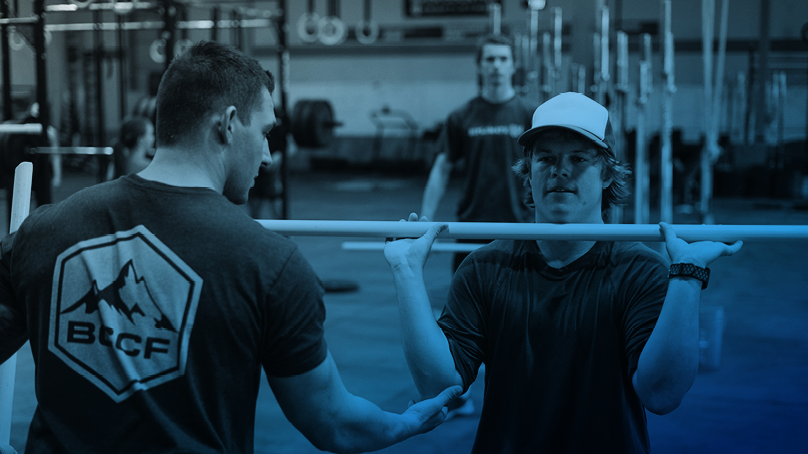How to Lead on Affiliate Gym Injury Prevention


Experienced athletes, coaches and box owners know that WODs are no more likely to injure an athlete than any other type of fitness activity. There is an inherent risk with every type of physical endeavor. However, affiliate gym injury prevention is something boxes must take ownership of, and there are things your coaching staff can do to reduce the risk of injury. This post explores ways to do that while appropriately supporting athletes when they are injured.
Foster a Culture of Safety
Culture starts at the top, so it’s up to you to establish and continually nurture a culture of safety. Box owners and general managers should regularly discuss safety with their team, so everyone remembers it’s a priority. Additionally, if you aren’t tracking and discussing athlete injuries, you’re missing an opportunity to look deeper into why they are occurring. You can also support your coaches with a stipend for additional certifications that promote safety.
Moreover, your members notice the example you and your coaches set. This means it’s not good enough to tell your athletes to embrace mobility drills, rest days, warm ups and reduced training when nursing an injury. You and your coaches also have to lead by example. You can also share your safety philosophy on your blog and in athlete communication to reinforce the example you set.
Recognize Athletes with Higher Risk Factors
Another way to lower the risk of injury at your gym is to recognize and support athletes that have a higher likelihood of being injured. According to recent studies, common high-risk groups include:
- Previously injured athletes
- Taller athletes or those with a higher BMI
- Athletes who consistently train beyond their maximal recoverable volume
- Athletes who participate in physical activities outside of the box
Intelligent Programming
According to Dr. Zach Long of Barbell Physio, the programming volume at many boxes exceeds the recommended volume suggested by CrossFit HQ. Long explains:
“In the CFL-1 most workouts are taught to be composed of a single strength/skill element OR a metabolic conditioning workout. With a 2 days on, 1 day off schedule OR a 5 on, 2 off weekly schedule. In contrast to that, most gyms program a strength AND a conditioning workout each day, 6 days per week. The weekly volume that most gyms program is significantly higher than what CrossFit HQ suggests, and I believe often puts athletes exceeding their maximal recoverable volume.”
In addition to embracing Dr. Long’s advice of moderating your programming volume, you can also periodically program untimed WODS to encourage athletes to practice complex lifts and gymnastic movements slowly and precisely.
Explore Zen Planner + SugarWOD
Support Injured Athletes
Of course, no matter how hard you try to prevent them, injuries happen. A primary predictor for injury is the number of training hours an athlete has put in. Simply put, more training hours is correlated with increased injury risk. Help your athletes recover fully by encouraging them to listen to their body and take enough time off. Educate them on the risks of reinjury, especially when not allowing adequate time for recovery.
Affiliate gym injury prevention can be difficult to think about and discuss, but it is a reality that every affiliate gym needs to address. Countless factors impact injury risk, but the obvious one to drill down on is programming.
Take your programming and community to the next level. Explore Zen Planner + SugarWOD.

I’m Coach Kelli, a devoted CrossFit gym owner with 15 years of experience managing my facility, along with owning yoga studios and wellness centers. Beyond the fitness world, I have a passion for cooking, cherish moments with my children and family, and find joy in spending time outside. Having experienced the highs and lows, I’m dedicated to leveraging my expertise to help you grow and succeed on your fitness journey.

I’m Coach Kelli, a devoted CrossFit gym owner with 15 years of experience managing my facility, along with owning yoga studios and wellness centers. Beyond the fitness world, I have a passion for cooking, cherish moments with my children and family, and find joy in spending time outside. Having experienced the highs and lows, I’m dedicated to leveraging my expertise to help you grow and succeed on your fitness journey.








